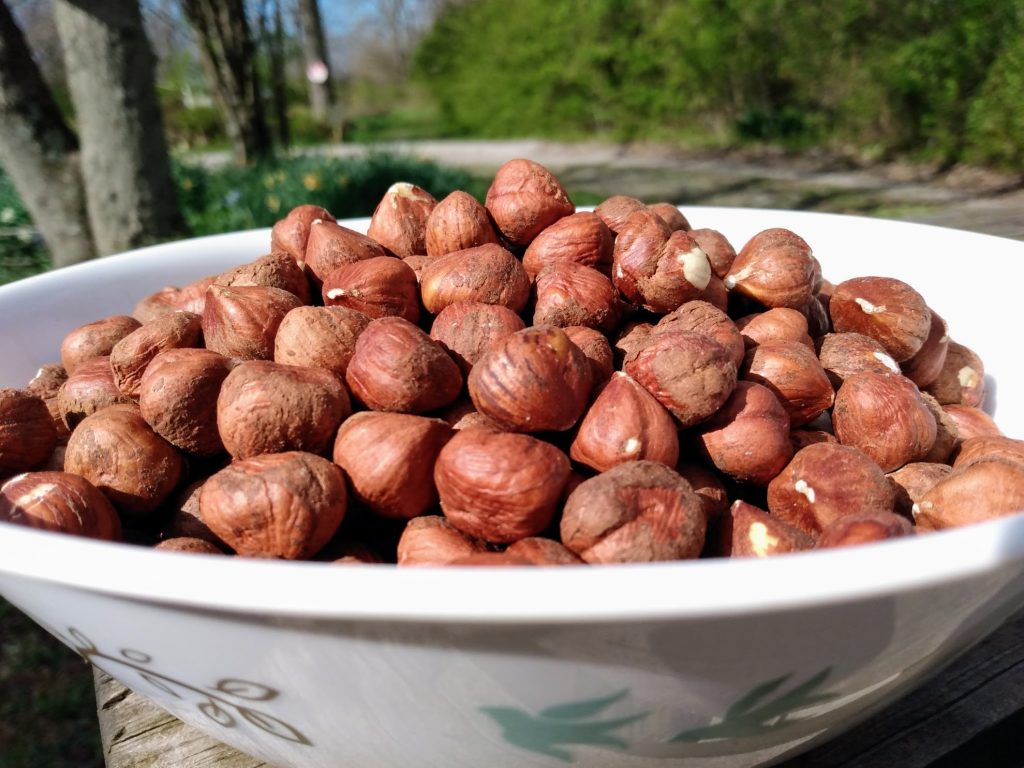The Global Dominance of Turkish Hazelnuts
Hazelnuts, known as the “king of nuts”, are widely used in the production of candies and pastries, favored by those with a sweet tooth. However, you may not be aware that 70% of the world’s hazelnut production comes from Turkey. According to Turkish media reports, in 2023, Turkey exported hazelnuts to more than 100 countries, and most of them were sold to European markets, such as Germany, Italy, and France. Giresun Province, the main production area in the country, has also been crowned as the “Hazelnut Capital of the World”.
A reporter from the Global Times tasted the hazelnuts in Giresun Province locally. They can be bought in supermarkets. They are slightly larger than those in China. In terms of taste, after simple roasting without adding many spices, they have a creamy flavor when smelled.
The Ideal Habitat and Cultivation of Hazelnuts
Hazelnuts are widely planted in the northern coastal area of Turkey, stretching eastward from Zonguldak Province to the border with Georgia. Hazelnut orchards are densely distributed, forming a green ribbon winding between the mountains and the sea.
The quality of hazelnuts varies greatly among different production areas. The hazelnuts produced in Giresun Province are beautiful in appearance, with an attractive color, thin shells, and plump kernels. There are few shriveled kernels, empty grains, or bad fruits. These hazelnuts are rich in oil and have a strong nutty aroma. Although they are slightly bitter when tasted, they have a long – lasting sweet aftertaste after chewing.

The growth environment of hazelnut trees is rather harsh. Most of them are distributed in areas between 36°N and 41°N latitude, requiring abundant sunlight and rainfall. Excessive humidity will make hazelnut trees extremely vulnerable to pests or mold, so the planting area needs to be away from the coastline. Giresun Province faces the Black Sea, and its climate and geographical conditions are very suitable for the growth of hazelnut trees. The local people have a long history of planting hazelnut trees, and through continuous improvement and selection, the quality of their hazelnuts is outstanding.
The Processing and Culinary Delight of Hazelnuts
In addition, the mature and stable industrial system in the Giresun region is also an important reason for the high – quality hazelnuts there. Depending on the altitude of the orchard, Giresun hazelnuts usually mature from the beginning of August to the beginning of September each year. Local people need to carry out a series of processing procedures such as drying, shelling, and drying immediately after harvesting, and finally control the water content of the fruit at a relatively low level to prevent it from spoiling. The people of Giresun believe that sun – drying and natural drying are the key factors in forming the unique flavor of hazelnuts. The traditional hazelnut drying process takes about 15 to 20 days.
Giresun hazelnuts are exported far and wide. Hazelnut chocolates, hazelnut pastes, hazelnut salad oils, etc. made from them have long been on the tables of people in various countries. Compared with roasted processed hazelnuts, local people prefer to eat fresh hazelnuts directly. Although they are not as fragrant as roasted hazelnuts, fresh hazelnuts have a sweet taste and are memorable. In addition, hazelnuts contain a variety of amino acids and trace elements needed by the human body, and their nutritional value is outstanding among nuts.
The people of Giresun believe that eating fresh hazelnuts can maximize the retention of the fruit’s nutritional value and have dietary therapy effects such as promoting digestion, increasing appetite, and anti – aging.





















